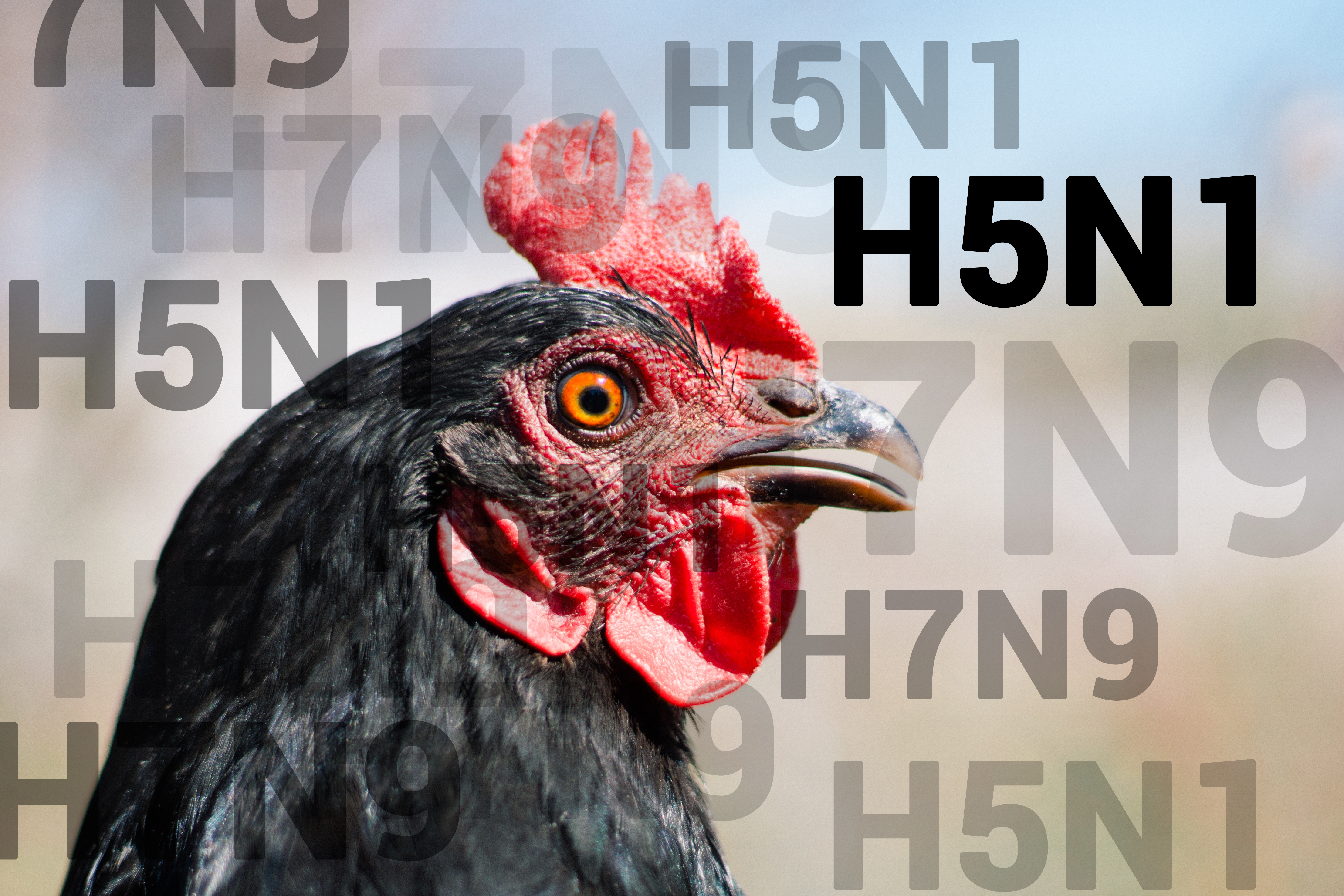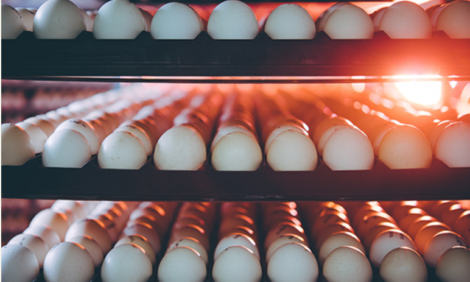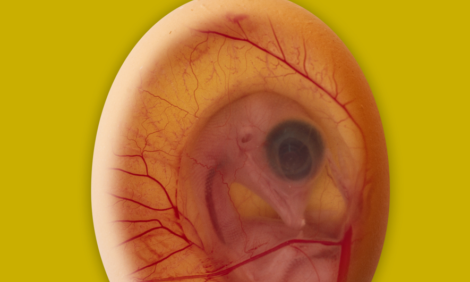



Netherlands tracks the introduction and spread of the 2020-2021 bird flu outbreak
The Dutch Ministry of Agriculture and a coalition of universities and consumer food agencies are examining how highly pathogenic bird flu was introduced to the Netherlands during the 2020 to 2021 season.The group, which includes the Ministry of Agriculture, Nature and Food Quality, Utrecht University, the Netherlands Food and Consumer Product Safety Authority (NVWA), Sovon, Wageningen Bioveterinary Research (WBVR) and Royal GD reviewed the results from source and contact research, estimates of the introduction time and virus similarities for the infected farms.

Additionally, the biosecurity and numbers and types of wild birds were determined on-site. WVBR conducted a genetic analysis that examined the similarities between the viruses found on the 12 farms that were infected. The genome sequences from the viruses found in poultry and wild birds were determined and compared.
It demonstrated that there was an identical virus at the farms in Altforst and Puiflijk. It may be that these two farms were infected from the same source, but it cannot be excluded that the virus was transmitted between the farms.
The viruses at the other ten farms were not identical and were related to viruses found in wild birds. This means independent introductions from wild birds caused the infection at those farms.
This study shows that fast diagnostics and disease control is very effective in the Netherlands which resulted in no or very limited spread to other farms during the HPAI H5N8 epidemic in 2020-2021.









